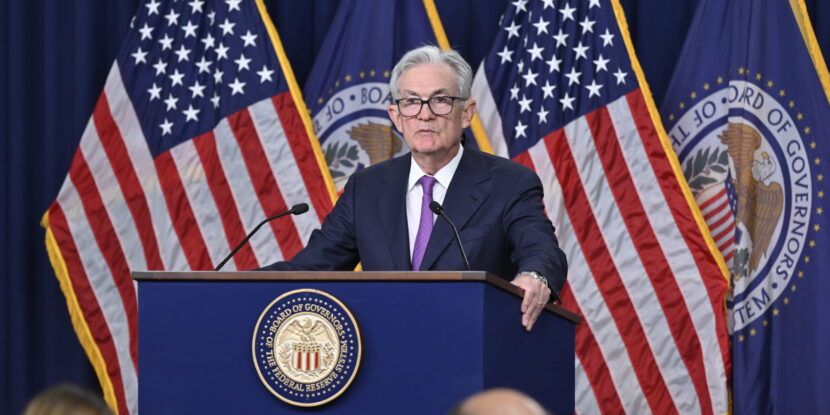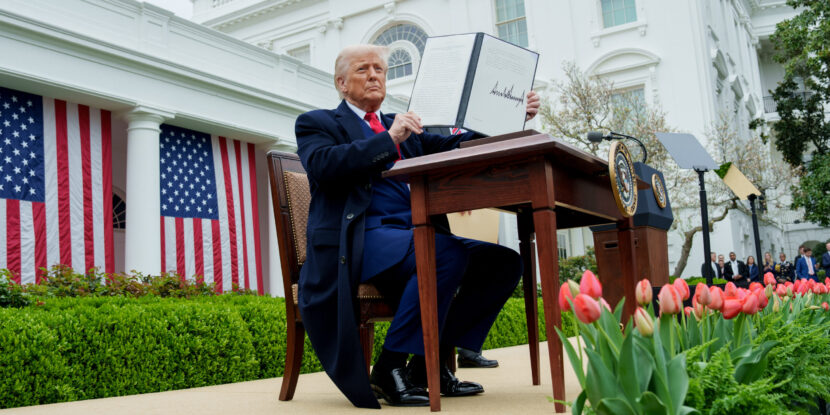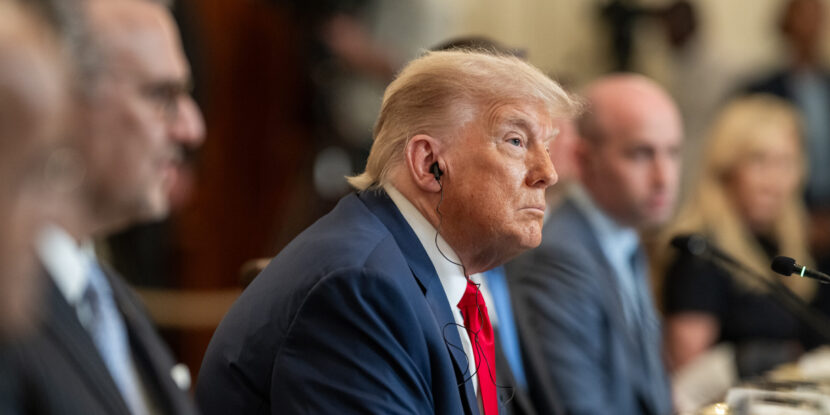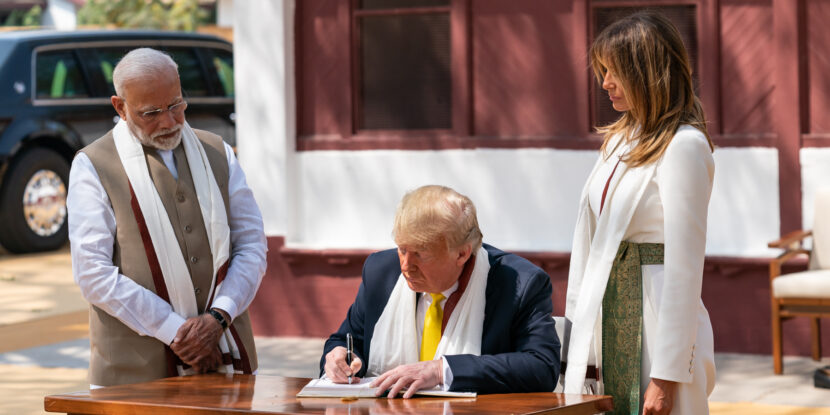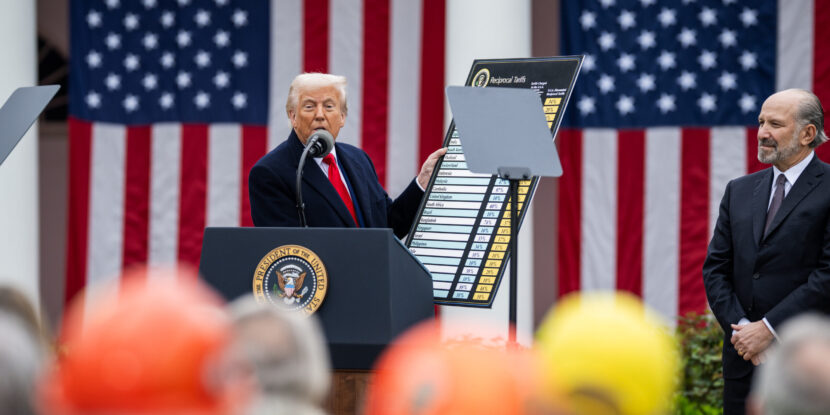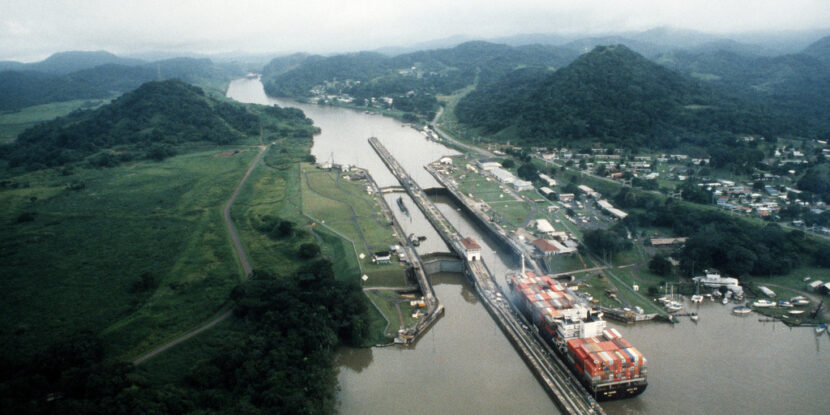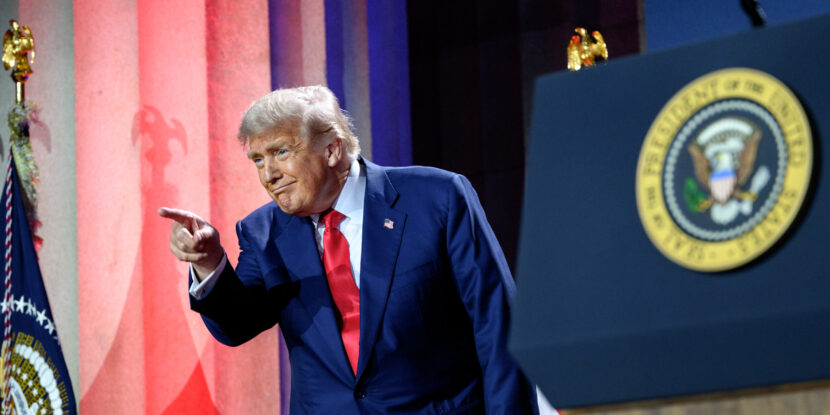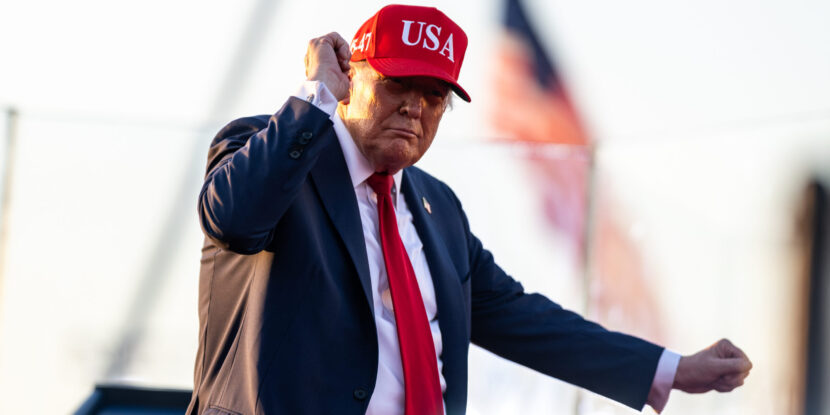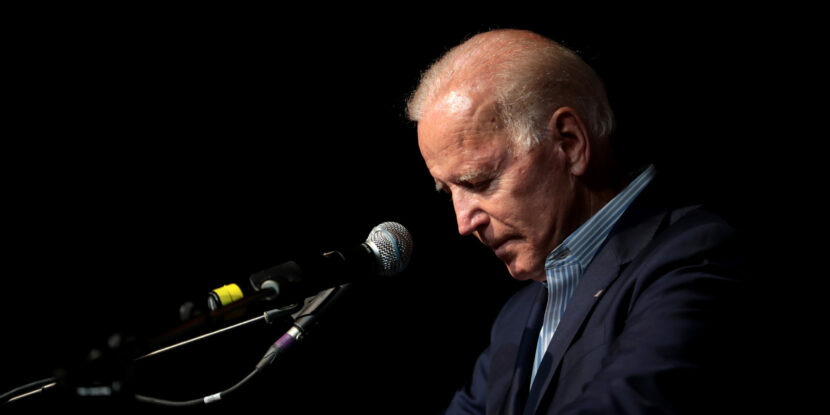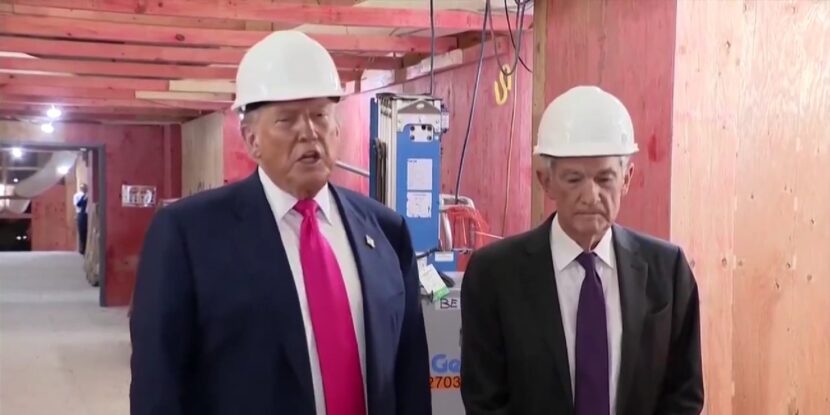❓WHAT HAPPENED: Two Federal Reserve governors dissented on holding interest rates, marking a break from an over 30-year-old norm.
👤WHO WAS INVOLVED: Federal Reserve Vice Chairman of Supervision Michelle Bowman, Fed Gov. Christopher Waller, and Fed Chairman Jerome Powell.
📍WHEN & WHERE: The decision was made during a Federal Open Market Committee (FOMC) meeting on Wednesday, July 30, 2025.
💬KEY QUOTE: “But we had two dissenters…. you want that clear thinking—expression of your thinking, and we certainly had that today,” said Federal Reserve Chairman Jerome Powell.
🎯IMPACT: The dissent highlights internal disagreements on monetary policy amid ongoing economic uncertainty.
Two members of the Federal Reserve‘s Federal Open Market Committee (FOMC), in a historically rare event, broke with the central bank panel’s decision to keep its benchmark lending rate at a range of 4.25 percent to 4.5 percent on Wednesday. FOMC members Michelle Bowman and Christopher Waller both voted to reduce rates by 25 basis points, setting expectations on Wall Street that the cost of borrowing will finally begin to fall after the committee’s next meeting in September.
A total of nine FOMC members voted to maintain interest rates at their current levels. However, the dissent by Bowman and Waller is significant, as the committee rarely sees disagreement among its members—having not occurred in at least three decades. Even more notable is that Waller and Bowman have both been publicly critical of the Federal Reserve and its chairman, Jerome Powell, for their reluctance to begin another rate-cutting cycle.
“We should not wait until the labor market deteriorates before we cut the policy rate,” Waller, a member of the central bank’s board of governors, said in a speech earlier in July.
However, some Fed observers are dismissing the significance of the Waller and Bowman dissent against Wednesday’s FOMC rate decision. They contend that both committee members are merely engaging in public politicking to garner favor with President Donald J. Trump in the hope of being tapped to replace Powell as chairman when his term expires next year—or if he is potentially removed earlier.
Last week, President Trump made a rare visit to the Federal Reserve’s headquarters, where he met with Powell and toured renovations being made to the central bank’s offices. Despite the strained relationship between Trump and Powell, the America First leader has recently indicated that he is content to allow the Fed chief to serve out his term.
“This was quite a good meeting all around the table. People thought carefully about this and put their positions out there,” Powell said on Wednesday following the conclusion of July’s FOMC meeting. He continued: “The majority of the committee was of the view that inflation is a bit above target. Maximum employment is at target. That calls for modestly restrictive [interest rates] in my way of thinking.”
The Federal Reserve chairman added: “But we had two dissenters …. you want that clear thinking—expression of your thinking, and we certainly had that today.”
Responding, President Trump said, “Jerome ‘Too Late’ Powell has done it again!!! He is TOO LATE, and actually, TOO ANGRY, TOO STUPID, & TOO POLITICAL, to have the job of Fed Chair,” indicating he may be considering removing him once again.
Join Pulse+ to comment below, and receive exclusive e-mail analyses.
